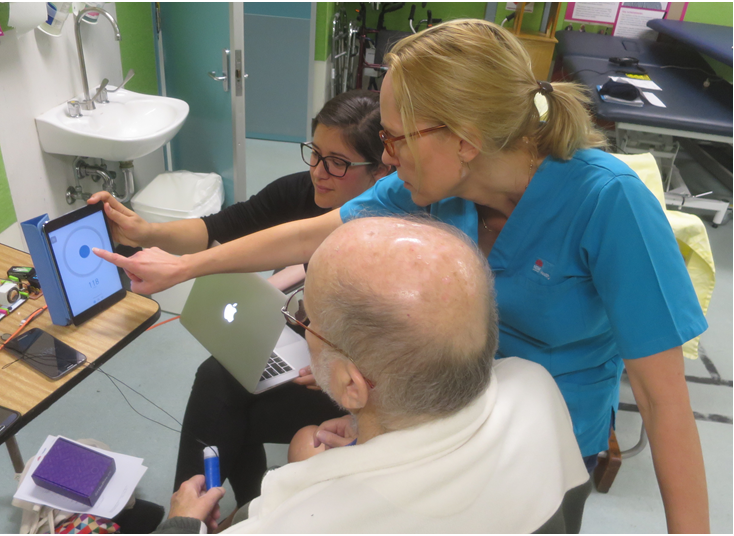Digital design improving health outcomes

Photo credit: Rodion Kutsaev
For anyone looking to use an app to improve their physical health, the latest research collaboration between the University of Technology Sydney (UTS) and Hong Kong Polytechnic University (PolyU) on interaction design is an eye-opener.
Associate Professor Dr Ka Nin (Kenny) Chow, from the PolyU School of Design, and Associate Professor Dr Bert Bongers from UTS, are designing digital ways to improve the wellbeing of people suffering from debilitating conditions such as stroke or addiction.
“Feedback is the most important element. When someone does something, whether it’s a patient in stroke rehabilitation, or someone who wants to quit smoking, the system needs to help them understand their progress,” Dr Bongers said.
Embodiment, the idea that the mind and body are connected, is a central theme in their research.
One example of this is an app Dr Chow is working on to overcome mobile phone addiction. The app offers feedback to users in the form of a digital genie or character. When the user browses the phone for too long, the genie will feel sick and present a fever, making the phone heat up and vibrate.
“There's no immediate health benefit in not smoking. If the patient doesn't receive feedback, or experience some effects, they're not inclined to do it. To see an effect, it gives them the motivation to carry on. We've seen it a lot with the patients,” Dr Bongers said.
The two associate professors are exchanging ideas on how to implement physical feedbacks, using motors and vibrating elements to create movement and texture in digital design.
Visiting UTS as part of the Key Technology Partnership (KTP) Visiting Fellow Program in May 2017, Dr Chow appreciates the value of speaking face-to-face with Dr Bongers in the same time zone.
“I think, it's also related to some of our beliefs in embodiment. When you actually put yourself in an environment, you see something, you see the people, you talk to them and then you see the things they made,” Dr Chow said.
For Dr Bongers the collaboration strengthened relationships and allowed the two academics to interact in a physical environment.
“I think with meeting in the real world, there are often stepping stones and without it, it's really hard to establish a working relationship,” Dr Bongers said.
Following Dr Chow’s visit to UTS, Dr Bongers and his PhD student Michelle Pickrell, who is conducting research on the role of feedback in stroke patient motivation, trialed some new techniques with patients and physiotherapy staff in the rehab ward of the Bankstown hospital.
Dr Bongers and Pickrell used some of their newly developed wireless sensor nodes attached to everyday objects to investigate an idea of Dr Chow, of using everyday objects as interactive modules in therapy.
“Presenting various forms of visual and auditory feedback to the patients, who were manipulating the interactivated everyday objects, their responses were positive and form the basis for further development,” Dr Bongers said.
The two academics aim to publish about this joint research in the near future.

PhD student Michelle Pickrell and physiotherapist Simone Dorsch test new technology-enabled therapies on a stroke patient at Bankstown Hospital. Photo credit: Dr Bert Bongers.
